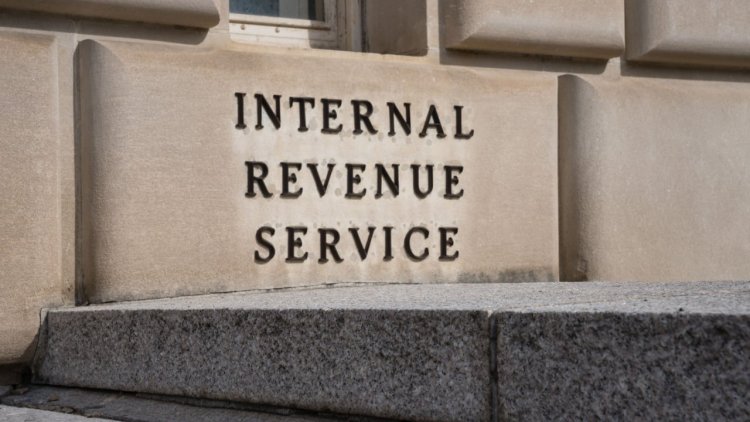IRS Issues Crypto Relief: How to Avoid Higher Taxes in 2025
Discover how the IRS’s new temporary relief for crypto holders using CeFi exchanges in 2025 can help you avoid higher taxes and simplify your tax reporting process.

IRS Issues Crypto Relief: How to Avoid Higher Taxes in 2025
The Internal Revenue Service (IRS) has introduced a temporary relief measure aimed at helping cryptocurrency holders who rely on centralized finance (CeFi) exchanges. This update is set to provide much-needed flexibility for tax reporting and tracking digital asset sales in 2025.
IRS Announces Temporary Relief for CeFi Crypto Holders
Shehan Chandrasekera, Head of Tax Strategy at CoinTracker, recently took to social media to announce this development, describing it as "good news for crypto holders interacting with CeFi exchanges in 2025." The relief centers around the finalized Section 6045 custodial broker regulations, slated to take effect on January 1, 2025. These regulations mandate the use of the FIFO (First-In, First-Out) accounting method unless an alternative like HIFO (Highest-In, First-Out) or Specific Identification (Spec ID) is selected.
For many crypto holders, this could have led to higher tax liabilities. Without the proper support for Spec ID from CeFi brokers, taxpayers might have been forced into FIFO accounting, unintentionally selling assets with the lowest cost basis first—a move that often maximizes capital gains and tax burdens in a bull market.
What Does the Relief Entail?
The IRS’s temporary relief measure allows taxpayers to continue using their own records or crypto tax software to identify the specific units being sold. This means that even when transacting on CeFi platforms, you can document which specific assets you’re selling, sidestepping the limitations of default FIFO accounting.
This relief is valid for transactions occurring from January 1, 2025, to December 31, 2025. Beyond this period, taxpayers must formally select their preferred accounting method with their broker. Failing to do so will likely result in defaulting to FIFO.
Steps to Take in 2025 and Beyond
-
Leverage Tax Software: Continue using tax software or your own records to track asset sales and specify units.
-
Prepare for 2026: On January 1, 2026, select your preferred accounting method with your CeFi broker.
-
Sync Records: Ensure your CeFi broker’s accounting method aligns with your tax software to maintain consistent tax lot records.
No Immediate Action Required
Taxpayers do not need to file anything with the IRS to qualify for this relief. It is automatically applied, providing an easy and seamless way to adapt to the upcoming changes.
Chandrasekera advises crypto holders to plan ahead: “Make sure the CeFi broker accounting method matches your crypto tax software tool so your tax lots are in sync.” By taking proactive steps, you can minimize tax liabilities and streamline your reporting process.
What's Your Reaction?















